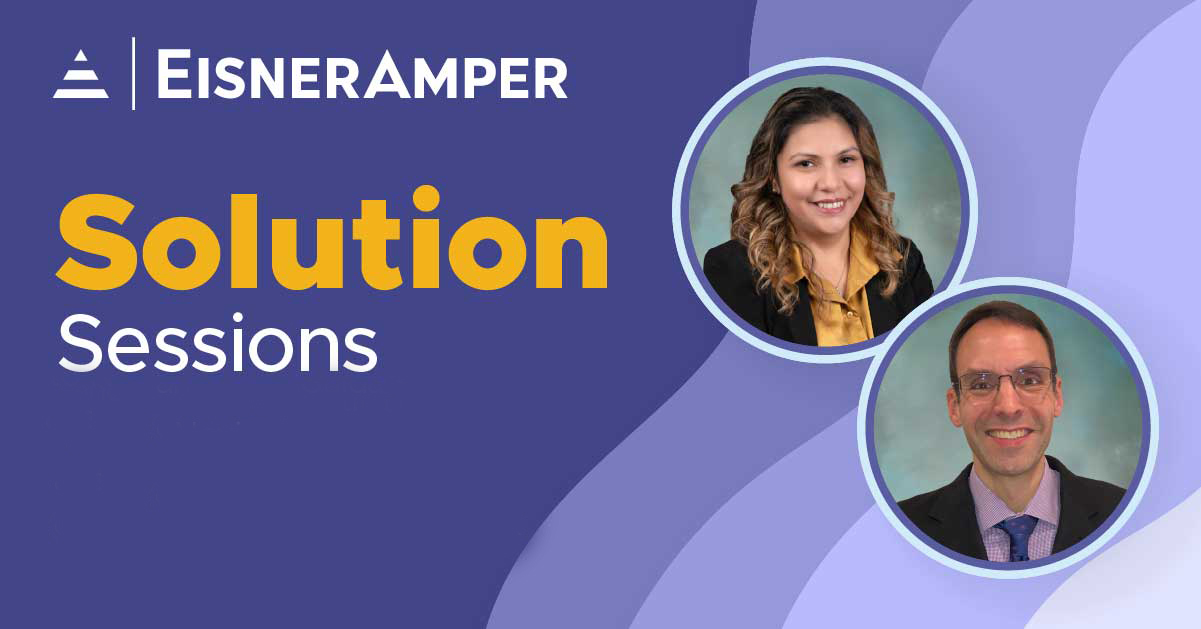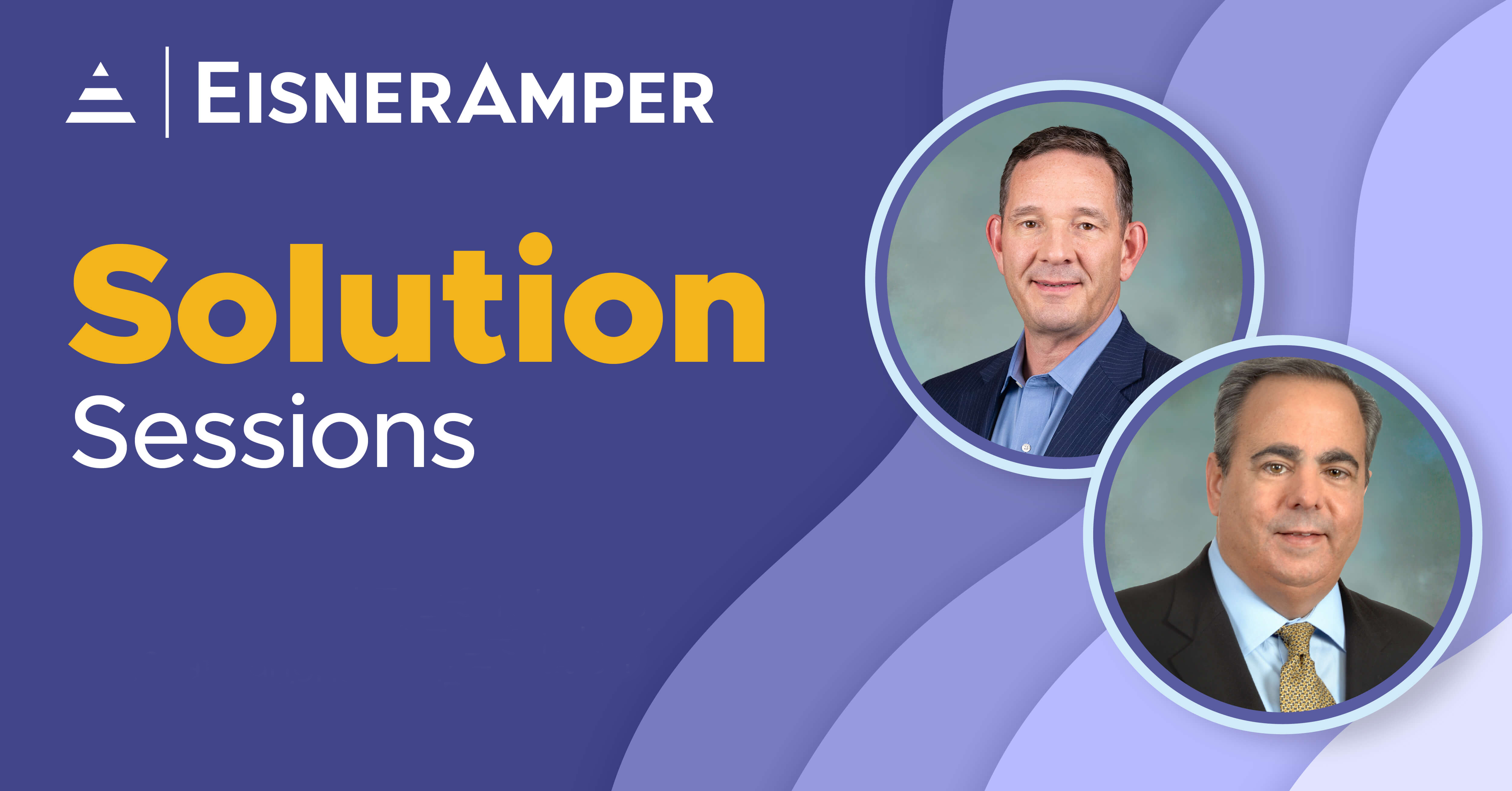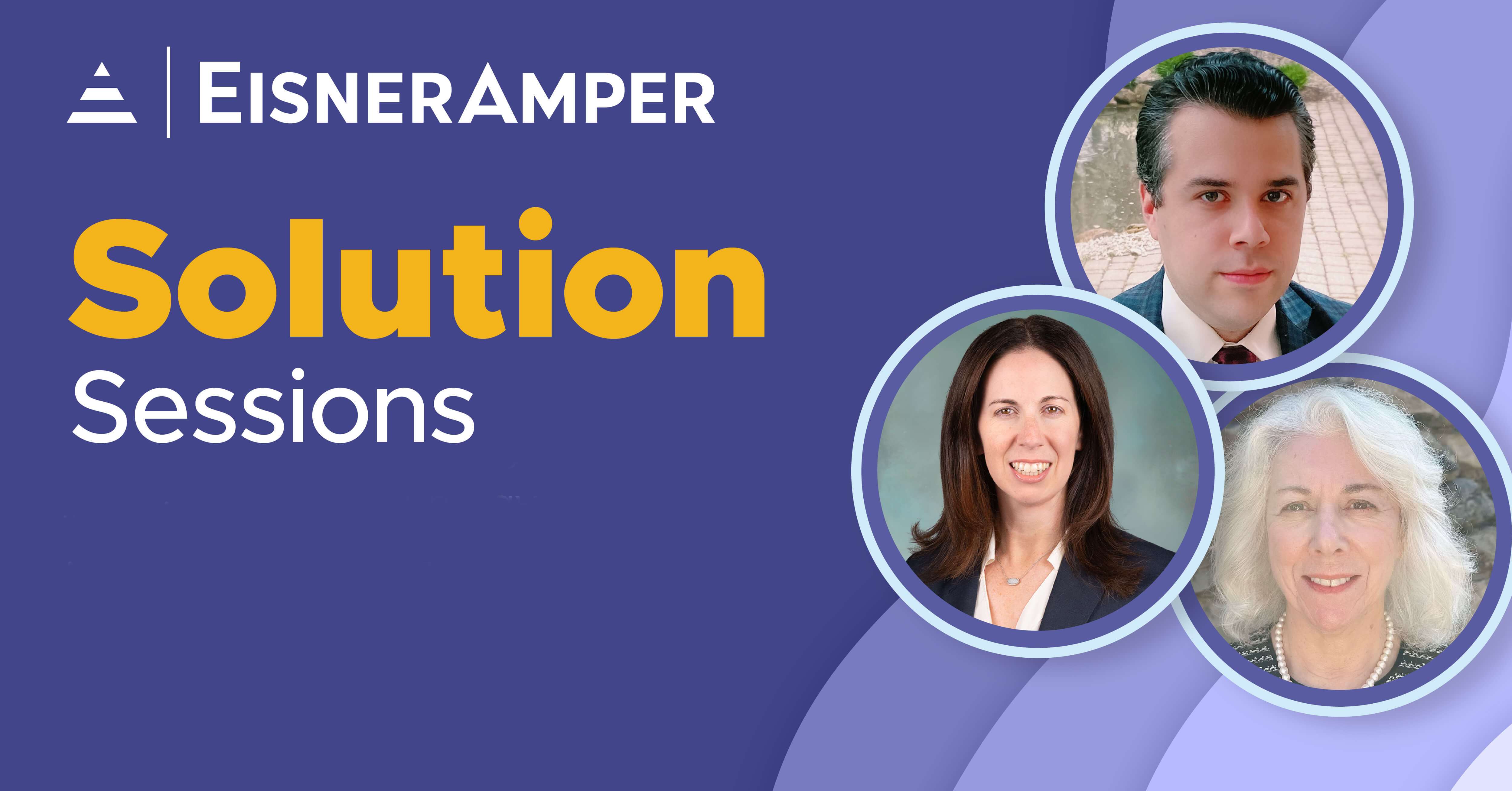
How Leaders Navigate Organizational Conflict
- Published
- Mar 17, 2023
- Topics
- Share
By Dr. Matthew Kerzner
Dealing with change isn’t always easy, especially at the scale and pace employees and business leaders have experienced it over the past three years. Whether it’s macro issues, like the impacts of COVID-19 and the economy, to more personal ones, like changes in leadership or responsibilities, change impacts different individuals in different ways.
One constant I’ve routinely observed with change is that sometimes it can create conflict between employees. And while workplace conflict is not uncommon, and often unavoidable, it’s important that leaders have the right skillset to strategically address and handle it, before it escalates into an unresolvable issue.
Let’s examine some actionable strategies business leaders can employ to identify, mitigate and address conflict in ways that are healthy and promote personal and business growth.
Understand Why Conflict Happens
Employee conflict can arise for a myriad of reasons, though it often comes down to a general lack of both transparent alignment and communication. When someone doesn’t have the right information, or views something in a different way than the organization or another employee, they’re challenged to seek the answers they’re looking for in a conflicting way.
Leaders must understand that change, whether planned or unplanned, is a common cause of conflict in the workplace. For instance, during the COVID-19, when employees across the country were forced to adapt to remote work or new safety protocols, it created feelings of uncertainty and stress, often leading to conflict due to a lack of clear communication.
Start with Proactive Communication
When it comes to organizational conflict at all levels, it is paramount that leaders be proactive about how it’s identified and addressed. When conflict is handled properly and employees are not communicating, productivity lessens, motivation falls, and morale takes a hit. Moreso, the longer conflict is allowed to fester over longer periods of time, it evolves from a grievance to a remembered hurt, which is difficult to resolve.
Proactively getting ahead of conflict starts with clear and concise communication between employees and from company leadership, especially during times of change. Without this, it’s easy for the rumor mill to start, prompting employees to either feel slighted that information is being deliberately withheld from them or feeling a certain way about something that may not be the case.
Openly talking to employees about conflict is another strategic way to be proactive before it happens. One on one meetings, skip level meetings (where employees meet with the leader two levels above them), newsletters, and company-wide meetings are a great way to get in front of employees on the issue.
Consider making the conflict reporting process as safe and simple as possible. Being proactive about identifying conflict means having systems in place where employees report conflict throughout the organization. This also enables HR teams to get involved early and often, allowing HR professionals to promote healthy ways to address conflict and identify any patterns that may arise within the organization. The same way you approach a standard compliance regulation or training, consider auditing your conflict reporting process a few times a year.
Leverage the O.P.E.N. Resolution Technique
When working with clients on conflict resolution matters, our team will often leverage the OPEN technique to strategically promote healthy and thorough conflict resolution outcomes. Once the issue is properly identified, this process establishes a clear framework to address the issue.
The OPEN technique outlines these steps:
On the Table: The first step of the process involves information gathering and setting clear expectations on the perceptions, needs and concerns of each party involved in the conflict. It is important to understand each side and its underlying motivations and perspectives in order to acknowledge the issues from all sides.
Put the Problem into Focus: After putting everything on the table, begin moving forward to identify the root cause(s) of the conflict. Remember, conflict starts with a lack of information. Thus, to handle the problem effectively, it is essential to have a full understanding of the issues rather than simply addressing the surface-level symptoms.
Explore Your Options: Once the problem has been clearly defined, brainstorm a list of potential and profitable solutions. Don’t limit your options. Some solutions may be obvious; other alternatives will take some digging or additional consideration. It's also important to evaluate each option's feasibility, business case and long-term impact.
Negotiate a Solution: As with any truly fair and effective negotiation, there should not be a winner and a loser. All parties need to strive for fairness and find a middle ground. For this step, it’s paramount that active listening, flexibility and compromise are top of mind.
Don’t Discount Healthy and Productive Conflict
The concept of healthy or productive conflict may seem like an oxymoron at first glance. Being able to communicate and challenge different ideas and viewpoints in a healthy way allows companies and individuals to innovate and grow.
Leaders should never intentionally promote conflict as an avenue for growth. Instead, proper training and level setting is necessary to ensure that healthy conflict can occur in your organization. This includes workshops and professional training sessions as well as cultivating an environment where people feel comfortable sharing their perspectives. Be careful not to mistake what may seem like a healthy conflict as an underlying and likely ongoing issue.
Never Count Out a Third Party
Finally, a third party is a great tool in resolving issues and conflicts between employees. Whether it’s an internal HR professional or external mediator, having a voice in the room that is not emotionally tied to the issue can help find clear understandings of underlying issues in conflict as well as an unbiased win-win solution.
This is particularly critical in closely held and family businesses where you have leadership as part of the same family. Bringing in a trained third-party mediator is necessary to view the issue from an impartial and unbiased point of view. Additionally, third-party mediators, aka ombudsmen, can provide legal knowledge, industry best practices and negotiation skills that prompt more creative solutions.
Conflict is often unavoidable within businesses, but it isn’t always a bad thing when handled in a healthy and productive way. It's important for HR and business leaders to have the right skill sets to identify, mitigate and address conflict before it escalates to larger problems. The bottom line is healthy conflict and productive resolutions start with open communication, setting expectations and bringing in the right parties, especially during times of change.
Contact EisnerAmper
If you have any questions, we'd like to hear from you.
Receive the latest business insights, analysis, and perspectives from EisnerAmper professionals.











